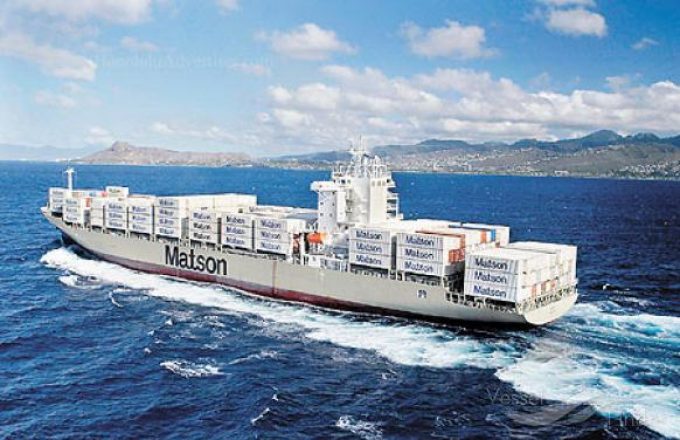'Tariff today, gone tomorrow' taking transpac box trade to the brink
Is Trump taking us back to tramp shipping?

US domestic and transpacific carrier Matson has reported “solid freight demand, despite the muted peak season” in Q3 for its niche China to USWC service.
Preliminary Q3 results of the Honolulu-based company show volumes from China to Los Angeles edged down just 1.3% on the same quarter of last year, despite being impacted by last September’s termination of one of its service loops.
Matson will publish its full-Q3 results on Monday, but says it expects net ...
Asia-USEC shippers to lose 42% capacity in a surge of blanked sailings
Why ROI is driving a shift to smart reefer containers
USTR fees will lead to 'complete destabilisation' of container shipping alliances
New USTR port fees threaten shipping and global supply chains, says Cosco
Outlook for container shipping 'more uncertain now than at the onset of Covid'
Transpac container service closures mount
DHL Express suspends non-de minimis B2C parcels to US consumers

Comment on this article